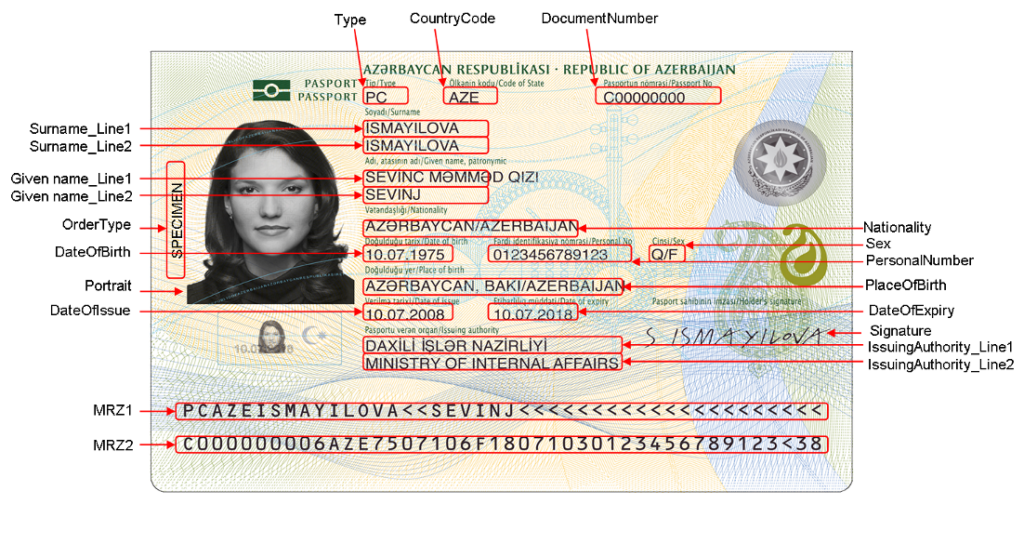Technological innovations in digital forensic analysis and cybersecurity collaboration
Forensic analysis is a scientific discipline dedicated to the search for evidence on digital media. Its aim is to understand behaviour, remedy incidents and help make informed decisions.
Forensic analysis is a meticulous and rigorous process. Professionals in this field require advanced technical skills to extract, analyse and interpret digital data. They use specialised tools to retrieve information from hard disks, telephones, servers and other digital media.
A key part of forensic analysis is staying ahead of the curve and adopting the most cutting-edge and innovative technology. The widespread adoption of digital forensic analysis has been key in advancing the discipline and its effectiveness across the world of cybersecurity and law enforcement.
Another key topic regarding forensic analysis is understanding how to balance implementing new technology with using tried and trusted methods that have been applied throughout the industry.
Artificial intelligence inspires change within digital forensic analysis
One integral sector within forensic analysis, and one that adopts the latest technologies, is the digital forensics market, expected to reach a valuation of approximately €8.87 billion ($9.68 billion) in 2023, according to research conducted by Markets and Markets. This would mean the market enjoyed a compound annual growth rate of 15.9% between this year and last year, when the market was estimated to be valued at approximately €3.8 billion ($4.15 billion).
Artificial intelligence has understandably been identified as one of the key trends within digital forensic analysis. AI and machine learning can apparently be used to process large amounts of data, and the forward-thinking technologies have been noted as boundary-pushing for the world of digital forensic analysis.
Specifically, artificial intelligence and machine learning can help with File Integrity Monitoring, where systems identify patterns of activity which could suggest a breach of security is taking place. FIM solutions such as Tripwire Enterprise work to integrate these kinds of systems within security infrastructure, while other operators adopt various different artificial intelligence and machine learning techniques to identify breaches and those culpable. For example, machine learning algorithms can apparently pair with Intrusion Detection Systems to identify real-time threats and aforementioned patterns of suspicious behaviour.
Recent research conducted by Evaluator Group indicated that two thirds of chief information security officers intend to use new technologies, with machine learning tools observed as one way to detect ransomware activity. The group surveyed 163 CISOs to discover which technologies can be used to navigate the most prominent data management challenges.

Forensics enhanced by the internet of things
The General Data Protection Regulation (GDPR) has drawn attention after announcing it will be implementing the internet of things to regulate biometric data. As has been widely reported, biometric data such as facial recognition or a fingerprint scan is being adopted by cybersecurity suppliers around the world.
The internet of things can apparently be used to treat the concerns of users regarding the privacy and security of biometric data.
The GDPR has announced that technical processing, along with added data protection will be required for biometric authentication.
The link between cybersecurity and digital forensics
As more and more organisations strengthen their approach to security threats, it has been thought that collaboration between cybersecurity and digital forensics is more relevant than ever.
Put simply, a dependable cybersecurity solution will help a company detect and defend against security threats. Meanwhile, digital forensics can be used to analyse and investigate these attacks to help prepare for future threats.
Cybersecurity and digital forensic analysis are used in tandem to safeguard data, assets and networks at large. For a collaboration to function, it is thought that a transparent and streamlined exchange of data is necessary, and would facilitate the strengthening of threat intelligence, response plans and investigations.
Tags
ACCESS CONTROL aerospace aerospace engineering ai ammunition analysis armoured vehicles Arquus audio Avon Protection Cameras communication communications crisis management CSR cyber security data drones equipment protection Europe firefighting fire protection forensic IDEMIA innovation IPA IPA France KNDS Milipol Paris Milipol Paris 2023 Milipol Paris 2024 Milipol Paris 2025 Milipol Qatar news optical equipment optronics Phonexia Police Qatar radar security technology textile equipment transmissions weapons
